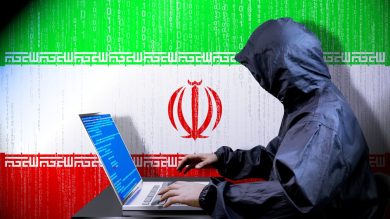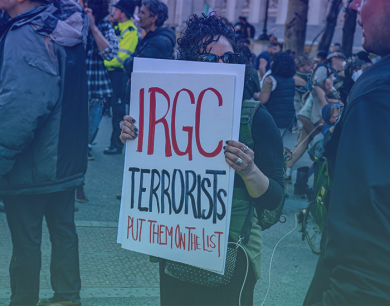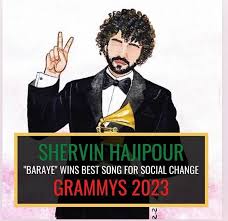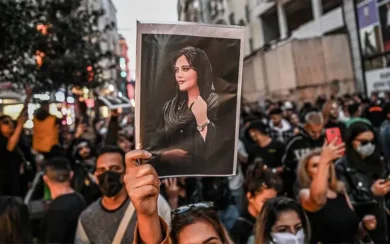The hijab in Iran is far more than a piece of clothing. Since the 1979 Islamic Revolution, it has become a political symbol of state control, patriarchal enforcement, and gender-based repression. Mandatory hijab laws are not about modesty; they are about power. At the heart of enforcing these laws is the Islamic Revolutionary Guard Corps (IRGC), which has played a central role in policing women’s bodies and silencing dissent.
This article explores:
• The origins and enforcement of mandatory hijab laws.
• The political motives behind them.
• The role of the IRGC and morality police.
• The growing resistance of Iranian women.
• How the international community can support the fight for bodily autonomy in Iran.
1. The Historical Roots of Iran’s Hijab Laws
A. Pre-1979: The Freedom to Choose
Before the Islamic Revolution, Iranian women had the freedom to choose whether or not to wear the hijab. Cities like Tehran saw women in a diverse mix of attire—from headscarves to Western fashion.
B. Post-1979: From Choice to Compulsion
The Islamic Republic imposed mandatory hijab laws as a cornerstone of its ideology. Ayatollah Khomeini declared the veil a symbol of revolutionary Islamic values. By 1983, it became legally required: all women in public spaces had to cover their hair and dress modestly or face punishment.
2. The Political Function of the Hijab
A. Control Through Dress Codes
Mandatory hijab is not about faith; it is about control. The Iranian regime uses the law to:
• Enforce obedience to Islamic authority.
• Suppress women’s visibility and autonomy.
• Punish perceived “Western influence.”
B. A Tool of State Surveillance
The hijab law gives the state a pretext to monitor women at all times. It legitimizes:
• Street surveillance.
• Harassment.
• Invasive policing of women’s private choices.
C. The Hijab as a Political Signal
Refusing to wear the hijab is framed as an act of treason. The regime presents it as an attack on Islam, the state, and national identity. This framing is used to justify harsh punishment.
3. The Role of the IRGC and Morality Police
A. Who Enforces Hijab Laws?
• Gasht-e Ershad (Guidance Patrol): The morality police who arrest, detain, and harass women.
• IRGC Intelligence: Tracks activists, journalists, and women who defy the hijab through surveillance and digital monitoring.
• Basij Militias: Often used to intimidate and attack women in public spaces.
B. State Violence and Punishment
Women face:
• Arrests and beatings.
• Fines and public shaming.
• Imprisonment in notorious facilities like Qarchak and Evin.
C. High-Profile Cases
• Mahsa Amini: Killed in custody after being arrested for “improper hijab,” her death sparked nationwide protests.
• Sepideh Rashno: A writer arrested after a video of her arguing with a hijab enforcer went viral.
4. Resistance: Women Fighting Back
A. My Stealthy Freedom & White Wednesdays
Launched by activist Masih Alinejad, these campaigns encouraged women to:
• Post photos without hijab.
• Wear white on Wednesdays in protest.
• Share stories of abuse and resistance.
B. The 2022 Uprising: “Women, Life, Freedom”
Following Mahsa Amini’s death, thousands of women joined protests:
• Burning hijabs in public.
• Leading marches against IRGC oppression.
• Facing bullets, prison, and torture with unmatched courage.
C. Everyday Acts of Defiance
• Refusing to comply with dress codes.
• Challenging enforcers in public.
• Supporting other women targeted by the regime.
5. Why the Hijab Law Remains Crucial to the Regime
A. A Pillar of Ideological Control
Mandatory hijab is foundational to the Islamic Republic’s identity. Repealing it would signify:
• Weakening of religious authority.
• Victory for secular, democratic values.
• Loss of control over half the population.
B. A Tool to Distract from Systemic Failures
Crackdowns on hijab become more intense during:
• Economic crises.
• Political scandals.
• International pressure.
It redirects national frustration toward women, scapegoating them as symbols of “moral decay.”
6. Global Solidarity and the Fight for Bodily Autonomy
A. The Role of International Media
• Keeping the issue in headlines.
• Amplifying voices of Iranian women.
• Countering regime propaganda.
B. Political Pressure and Sanctions
• Sanction IRGC leaders responsible for gender-based repression.
• Support UN investigations into abuses related to hijab enforcement.
• Advocate for the release of imprisoned women and journalists.
C. Supporting Iranian Feminists
• Fund and platform diaspora-led feminist organizations.
• Protect digital freedom for women in Iran.
• Give asylum to activists at risk.
Conclusion: The Hijab as a Symbol of Freedom
What began as a tool of control has become a symbol of resistance. Iranian women are reclaiming the narrative. Refusing the hijab is no longer just about dress—it is about freedom, voice, dignity, and the right to self-determination.
The world must understand: the fight against the mandatory hijab is not a cultural conflict. It is a human rights battle led by brave women who refuse to be silenced.
Join Our Newsletter!
Stay informed with the latest updates, news, and ways to take action in the fight for justice and global security. Sign up now to get updates delivered straight to your inbox!




